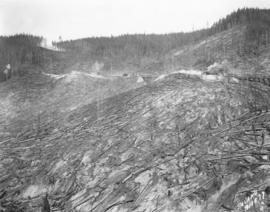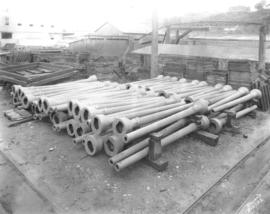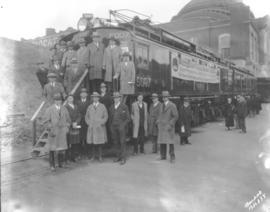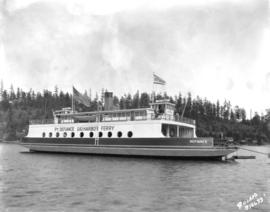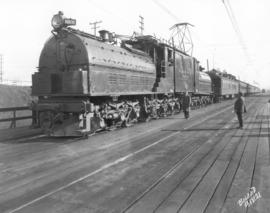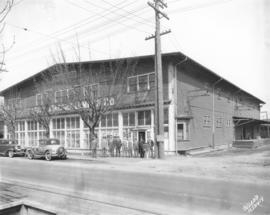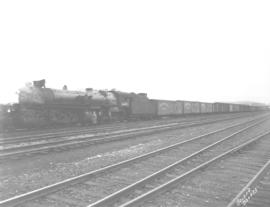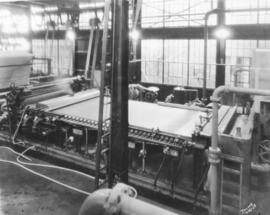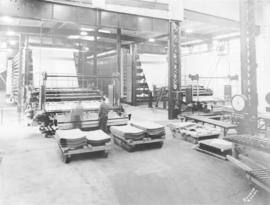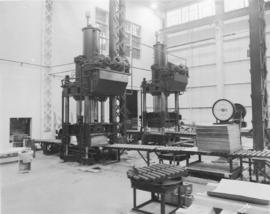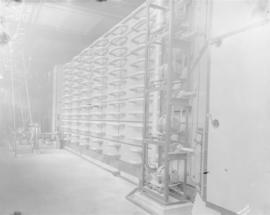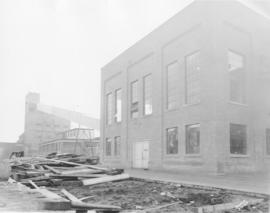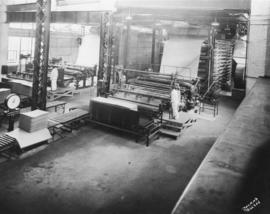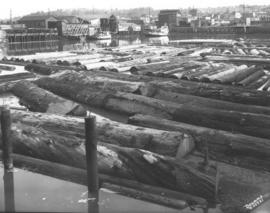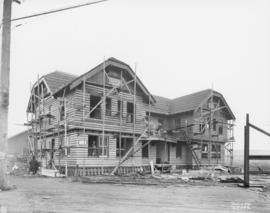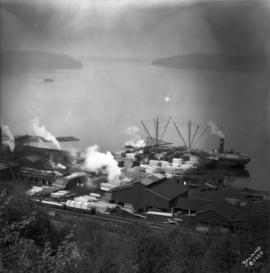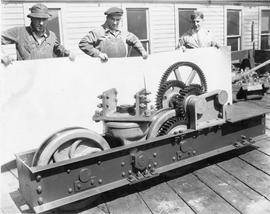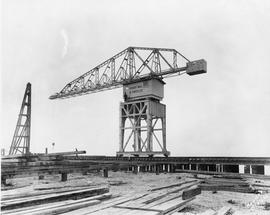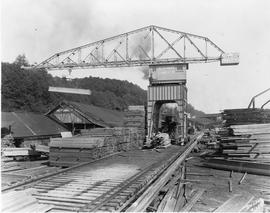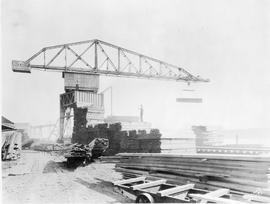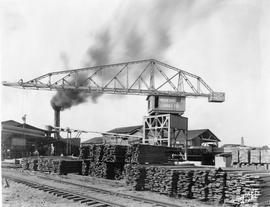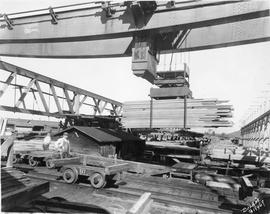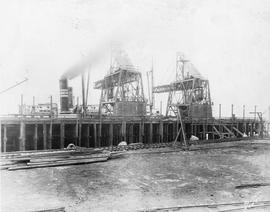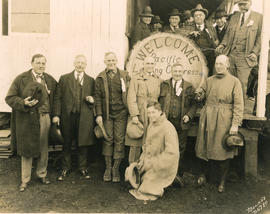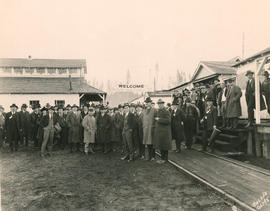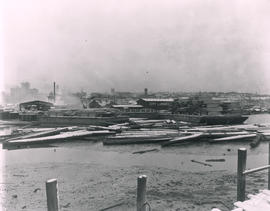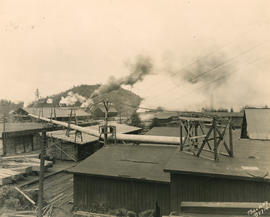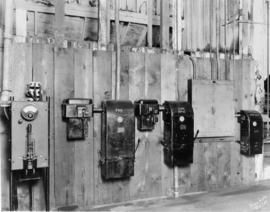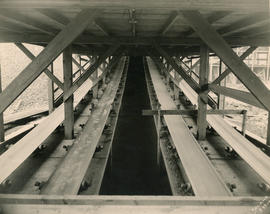The new Point Defiance to Gig Harbor ferry, "Defiance." The 180-foot wooden ferry constructed of Douglas fir, with a capacity of 70 cars, was built by the Skansie Shipbuilding Co. in Gig Harbor and started on her Gig Harbor run on April 3, 1927. She had her "builders trial test" the day before. The new ferry was designed to speed up traffic between Tacoma and the Gig Harbor peninsula. She was licensed to carry 500 foot passengers and 70 cars. Skansie Brothers was founded in 1912 by four Yugoslavian brothers, Pete, Mitchell, Andrew and Joe Skansie. Beginning in 1922, the company was one of the first yards to build automobile ferries. They also were pioneers in the use of diesel ferry engines. By 1926, Mitchell Skansie had also begun an early ferry service company called the Washington Navigation Co. It had taken over operation of all ferries in Pierce County on January 1, 1927. By the 1930's, the company had many ferries running on contracted routes in the south Puget Sound. (Neal & Janus "Puget Sound Ferries") TPL-8269; G66.1-101 (TNT 1-15-27, p. 14-article; TNT 1-17-27, p. 15-article; TDL 4-2-27, p. 1-article; TDL 4-3-27, A-11)
Ferries--1920-1930; Skansies Shipbuilding Co. (Gig Harbor);
